Marble is widely recognized for its elegance, refinement, and ability to instantaneously add cachet to any décor. As is the same for most materials, proper upkeep and care are essential so your pieces last a lifetime. Here are our easy (and essential!) maintenance tips for preserving the beauty and colour of your marble furniture.
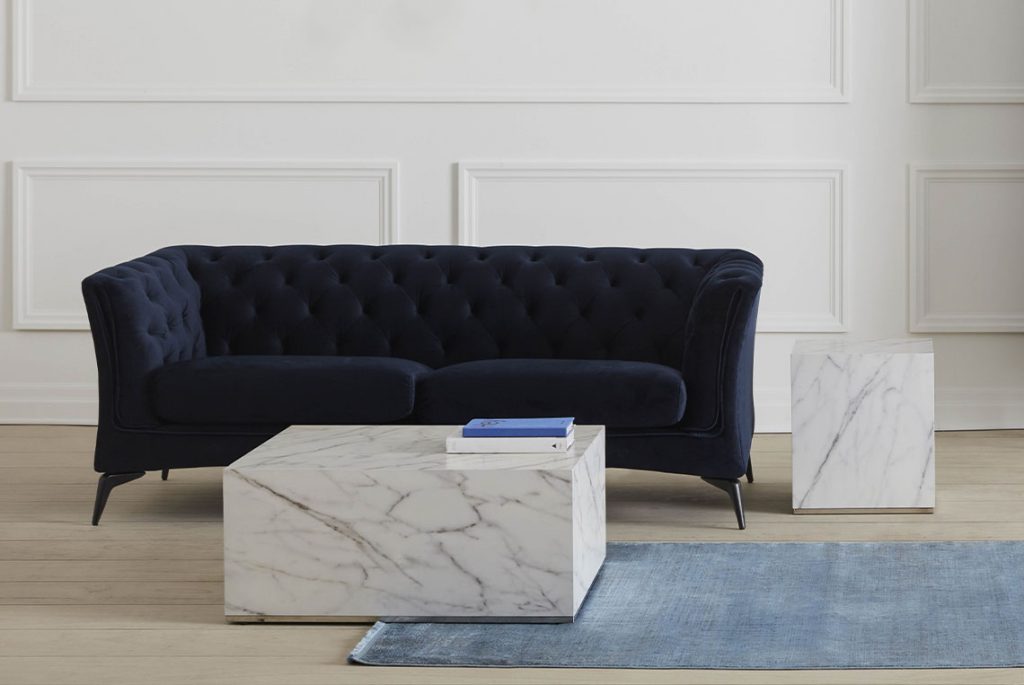
ORIGINS OF MARBLE
When you think of marble, you probably think of quarries located around the Mediterranean Sea such as in Italy, Greece or even Spain, and rightly so! In fact, the Italians were the first to develop a true quarry industry by developing tools to cut and polish raw materials such as Carrera marble and Travertine, which is technically a limestone. Today, countries like Brazil, India and even Canada have developed a thriving marble industry.
Wonderful Marble
Contrary to popular belief, maintaining marble furniture is not as difficult as it my seem. Having said this, protecting against stains and scratches does take a little effort, but not too much thankfully! By following a few simple steps and with the help of a few household products, your marble furniture will retain its original beauty for years to come.
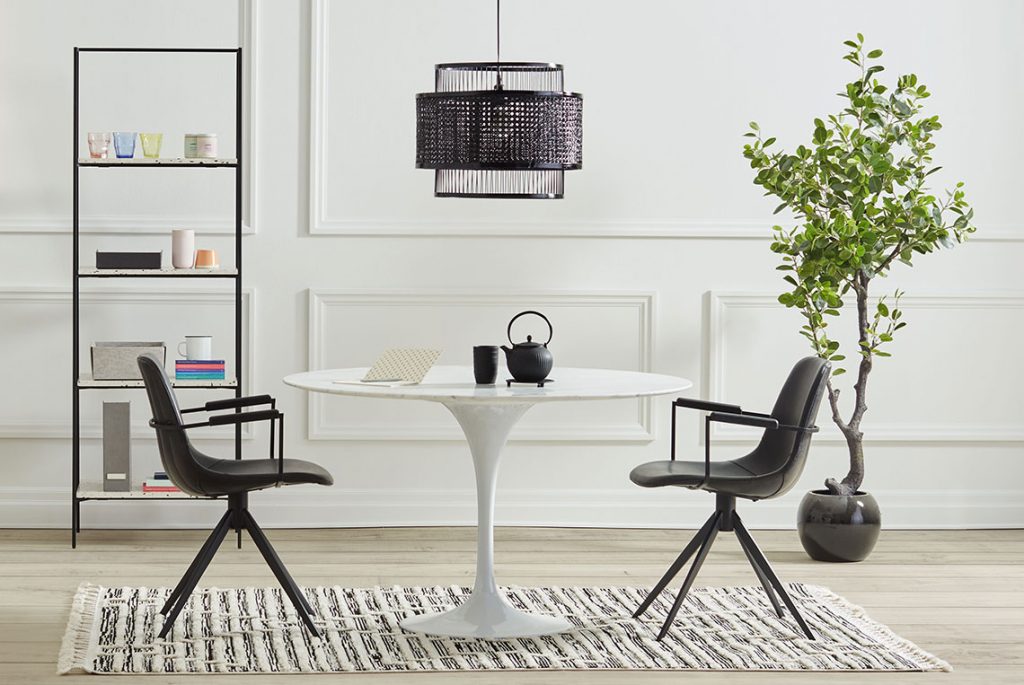
Treating light stains
Moisten a soft cloth with warm water and wipe stains and splashes as soon as possible so as to avoid the liquid setting into the porous stone. Abrasive sponges should be avoided.
Treating more stubborn stains
First and foremost, you must avoid using vinegar and lemon based cleaners on the stone, the high acid content can eat away at the surface and cause etching.
— For organic stains (coffee, tea, wine, juice or ink stains caused by newspaper): Make a thick paste composed of baking soda and water (called a poultice paste) and apply it to the stain. Cover the area with plastic wrap and secure with tape so as to keep the paste moist, let sit for 24 – 48 hours. Remove the plastic wrap and wipe with a dampened cloth. Repeat the process if the stain is still visible.
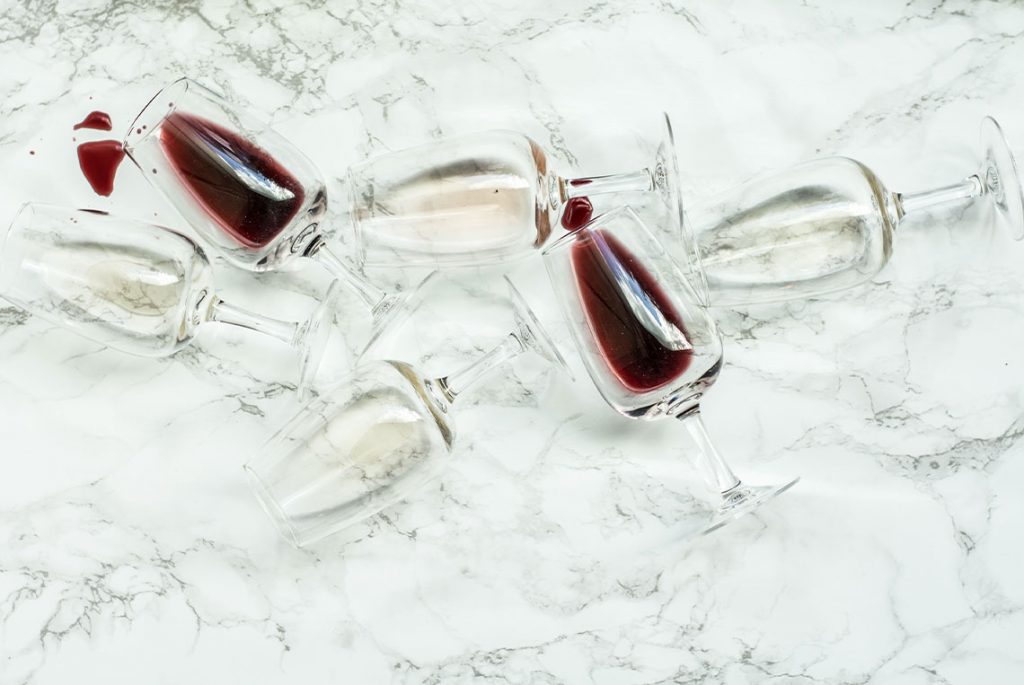
— For greasy stains (hand lotions, oils or other greasy substances): Lightly coat the area with corn starch and let sit for 20 minutes. The corn starch should absorb the grease without harming the marble surface. Wipe with a soft cloth. If the stain persists, repeat process.
Light scratch repair
Dampen a soft cloth with some water and rub the scratch lightly (add a bit of mild liquid detergent to the water for added abrasiveness if necessary). You should be able to remove surface scratches with this method. Be sure to thoroughly dry the area once you are done! If you are unsuccessful at removing the scratch using this method, contact a professional who should be able to repair it without damaging the surface.

Our quick tips
- Avoid scratches by using a coaster at all times (mom was right!) and avoid cutting any food items directly on the marble surface.
- Treat the surface the same way you would fine wood furniture. Seal the marble with an even but light coating of bees wax (be aware, this may temporarily darken the colour, especially with lighter tones), remember, a good rule of thumb is to do a test on an inconspicuous area before applying. Reapply when you notice that water no longer pearls on the surface.
- Always wipe spills and splatters promptly with a dampened, soft cloth. This is of utmost importance if the liquid is acidic (lemon or orange juice for example) or high in tanins such as red wine or coffee. Thoroughly dry the surface once it is clean with a dry, soft cloth.
The marble effect, without the maintenance!
These days, the marble effect is accessible to all thanks to materials such as ceramic, glass and other substrates that reproduce the look of marble while being more stain resistant and cost-effective than genuine marble.
Explore your possibilities with genuine marble and/or terrazzo…
Looking for more inspiring ideas? Be sure to check out our Pinterest account!

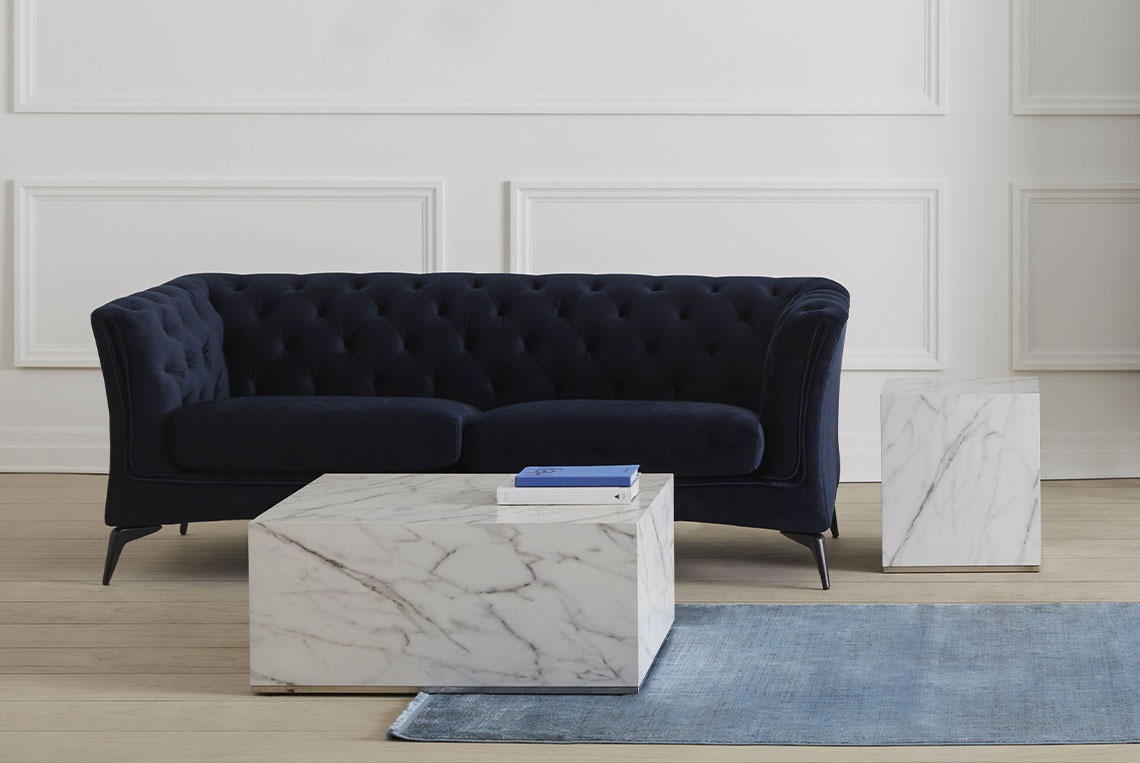



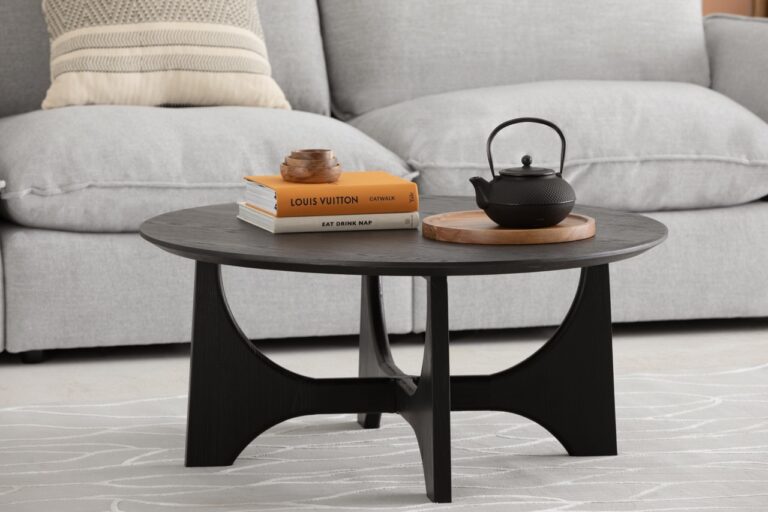

That’s Wonderful!! Really that Quick tips gives a lot of information about marble. Thanks for sharing
You are more than welcome Afra!